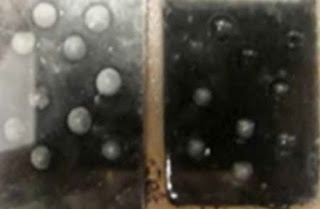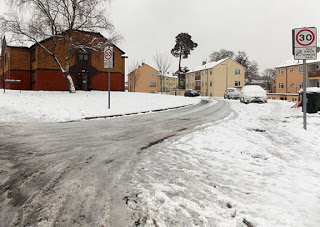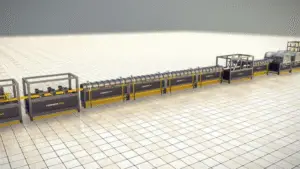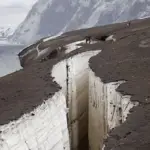Saad Iqbal | 🗓️Modified: January 1, 2016 | ⏳Read Time: 3 min | 👁Post Views: 1049
Winter is now in full effect, and that means extra caution is to be taken. Inclement weather conditions are not a force to be reckoned with, especially when it comes to the road. The US Department of Transportation points out that from 2004 to 2013, icy roads are about 3% of car crashes. Now if you are are thinking to yourself, “well 3% isn’t that terrible,” realize that 3% is still over 151 thousand collisions per year (on average), all because of frozen water on treaded ground. Well scientists are doing their best to counter this by formulating a compound that may slow down the process of this physical change of water into ice and thus dramatically reduce these car accidents.
Recently a team from Koç University in Turkey discovered a cocktail of compounds that may help drivers on the road regain control of their vehicles rather than handing the wheel over the less merciful mother nature.
Using salt potassium formate as a base, the scientists combined in a styrene-butadiene-styrene polymer and joined the compounds to bitumen – the principle element of asphalt.
They found that the mixture of chemicals created an asphalt that slowed down the formation of ice considerably, while also not sacrificing the sturdiness of the road.
Currently, to combat slippery icy roads state officials spread salt over the roads but this technique can be futile as it washes off with ease, forcing reapplications while other anti-icing agents pose as potential threat to the environment with their harmful chemicals. However this method of mixing these agent into the asphalt sustain safety for longer amounts of time (potentially years on active roads) while not harming the environment.
The photo below compares new asphalt composites to old, the new compound (right) slows down the development of ice and you can view there is less ice collected on the surface, where the conventional materials (left) have already collected some icy formation.
 |
| Comparison of Traditional asphalt (left side) with New made asphalt (right Side)
|
Source:-

















